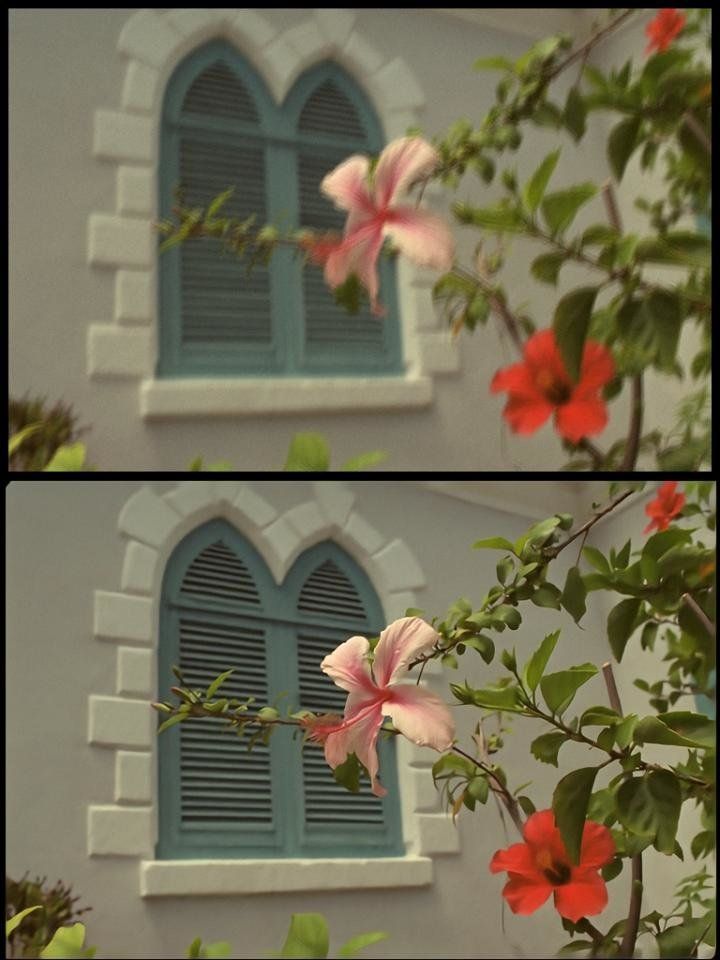It’s not just your grandma who still can’t use her smartphone, we are all guilty of producing dark, grainy, oversaturated and totally-out-of-focus images.
Just think about the last time you went on a night out, went to watch live music, or to attempted to take a picture from a distance. Not pretty.
But now a team of researchers have successfully developed a new type of AI software that can fix the flaws in our terrible pictures.

Digital images aren’t just important for us to relive memories, but are also used in lifesaving medical scans and other important ways of communicating vital information.
But this type of file is always subject to a range of imperfections and pixel corruption.
So the computer scientists from the University of Maryland built an algorithm, incorporating artificial neural networks, to recognise what an ideal image should look like and bring less-than-perfect attempts back to this quality.
They did this by feeding the algorithm a database full of thousands of high-quality images, teaching it the parameters for a ‘good’ picture.
Matthias Zwicker, said, senior author, said: “This is the key element. The algorithm needs to be able to recognize a good image without degradations.”
They then tested it by taking high quality stock images, purposefully introducing severe degradations then using the algorithm to fix them. In many cases it very nearly returned the images to their original state.

This isn’t the first time technology has been used in this way, but previous tools have always addressed each issue (blurriness, bad colour, overexposure) individually.
“Each of these uses intuitive assumptions of what a good image looks like, but these assumptions have to be hand-coded into the algorithms,” said Zwicker.
“Our algorithm goes a step further―it can address a wide variety of problems at the same time.”
Although the most recent solution clearly improves upon this, there is still room for further development, say the team.
Currently, the algorithm works well for fixing easily recognisable and low-level structures in images, such as sharp edges.
The researchers hope to push the algorithm to recognize and repair high-level features, including complex textures such as hair and water.
